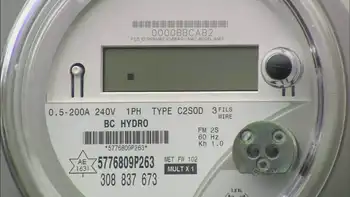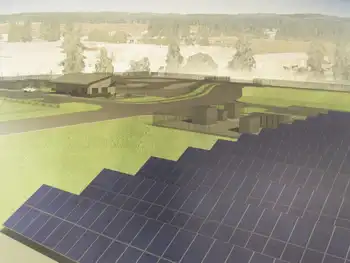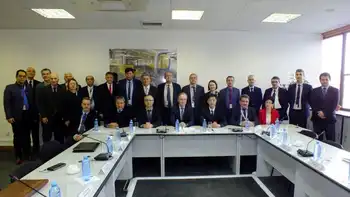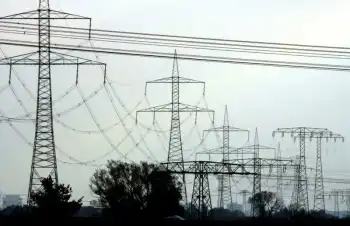Western Minnesota farm tries growing biomass
By Associated Press
CSA Z463 Electrical Maintenance -
Our customized live online or in‑person group training can be delivered to your staff at your location.

- Live Online
- 6 hours Instructor-led
- Group Training Available
So far the quest for that answer has been "frustrating," Luverne Forbord acknowledged as he led a couple dozen visitors recently on the Prairie Horizons farm between Benson and Starbuck.
Although the visitors expressed surprise at how well a mix of warm-season grasses — everything from bluestem and switchgrass to Canada wild rye — has taken hold on the 30 acres, Forbord said it has not been easy. The mix was planted just this summer, in the third of three consecutive dry years. The farm has seen only two inches of rain this summer season, the Forbords said.
The grasses are setting their roots deep where the Forbords once raised 200-bushel-per-acre corn. The land is rich but sloping, which makes it prone to erosion, they said.
After 30 years of operating the farm as a dairy, in 2002, the couple began raising Lowline Angus — a short-stature cattle breed — and converting croplands to pasture.
The 30 acres of newly planted grassland will be the farm's first biomass crop for energy. The Forbords intend to harvest the grasses in future years for sale in either Benson or Morris, where markets for biomass energy already exist. The Chippewa Valley Ethanol Company and Fibrominn in Benson and the University of Minnesota-Morris campus are all potential markets for the biomass the Forbords will produce.
Representatives from the ethanol company and the university weren't the only visitors who walked over the Forbords' grasslands with an eye toward turning this into tomorrow's green energy source. Mark Lindquist, biofuels manager with the Minnesota Department of Natural Resources, said the state has an interest in seeing more grasslands planted as part of what is known as "productive conservation."
If the state is to improve water quality, and improve waterfowl and other wildlife populations, there is a need to increase the amount of grasses and perennials in the landscape, Lindquist said.
With corn prices that easily top $5 a bushel, more and more land is being taken from conservation programs and put back into row crop production. Developing bioenergy markets could help keep lands in perennial cover by providing economic opportunities for farmers, he said.
Biomass markets could also benefit the state in how it manages wildlife lands, according to Dave Trauba, manager of the Lac qui Parle State Wildlife Management Area. Trauba has used grazing cattle as part of his "toolbox" to manage prairie lands. Along with fire, grazing ruminants have always been nature's way of protecting prairie lands from invading woody plants, he said.
The DNR is also experimenting with occasional haying on some wildlife lands to achieve the same objective, he said.
That's why there are so many eyes on what happens to the Forbords' 30 acres. There is no doubt that the couple can manage grasslands: Despite those three dry years, their cattle are grazing in belly-high grasses.
But the Forbords want to know if the economics work for the farm. Their plan is to sell the biomass for energy when the markets are right, and when not, use the biomass instead as feed for their cattle.
There is a lot that is unknown, including the tonnage of biomass that can be harvested from lands like this, according to Stacy Salvevold, who helped the Forbords plant the land in her role with the U.S. Fish and Wildlife Service in Morris. But she said the biggest question is the most important one: "The farm end of the market is what is missing from the whole equation," Salvevold said.
At tour's end, Mary Jo Forbord said more is at stake than the economics of the farm. She would like to see grasslands returned to the countryside for the obvious environmental benefits, and more. She's hoping that the economics of biomass are right for returning more young people to farming as well.











